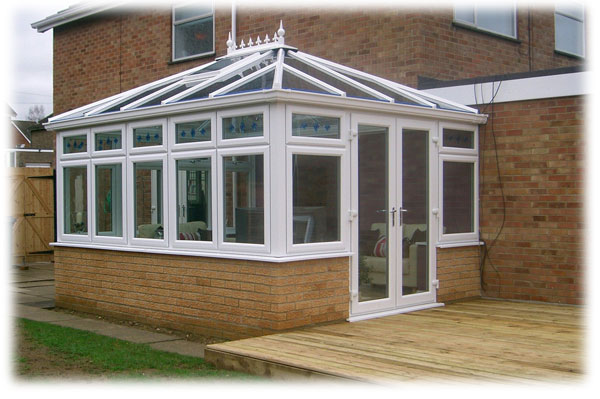The conservatory we know today has had a very long history. Humans have always tried to find new ways to get nature into our homes, and the history of trying to grow plants inside our houses is a long one. Displaying orchids and flowers inside a house has always been associated with wealth. As it is hard to do so (at least if you want to keep the plants alive for a length of time), the practice was only available for the richest parts of society.
Although you’d think the history of the conservatory is tied to the invention of glass panes, people have searched for ways to grow plants indoors long before then. We will talk about conservatories after the invention of paned glass in part 2. In this part we will talk about the conservatories that were around before then. Although you can make a good case against some of these actually being conservatories, they do provide some interesting insights into ways humans have grown plants indoors and might inspire you to try something new and creative with your own conservatory.
The Hanging Gardens of Babylon
Yeah, we are going WAY back on this one. To 600 B.C. to be more precise. The Hanging Gardens of Babylon were one of the seven wonders of the ancient world and would have been found in modern day Iraq. They were supposedly constructed in name of Babylonian king Nebuchadnezzar II, who gave the gardens to his wife.
The story goes that she was homesick for her own country (Media), and the king filled the gardens with the plants that she grew up with. Interestingly, this is the only one of the seven wonders of the ancient world which the existence is put to doubt. Although there are many ancient texts that reference the hanging gardens, any solid evidence that they were in fact an actual building and not a work of fiction has yet to be found.
Supposedly the Hanging Gardens of Babylon were a series of terraced gardens that were irrigated by the most sophisticated techniques available at the time. Parts of the garden however were allowed to grow underneath the columned terraces and inside small courtyards. The gardens were built in such a way to get optimal sunlight, to give the plants the best chance to grow inside. This might have been the building that sparked the knowledge and creation of indoor courtyards, which quickly became popular throughout the ancient world. Though not a conservatory per se, the Hanging Gardens of Babylon were the first time in recorded history where plants were grown indoors.
The Roman Conservatories
Although the Greeks, Egyptians, Chinese and Japanese were all ancient exhibitors of plants, it was the Romans who made the practice into a science. Constructing houses that took the location of the sun into account to get optimal sunlight in was already a common practice. Seeking to defend delicate flowers from the harmful winter cold the Romans started experimenting with building constructions that were open during the warm months of the year, and could be fitted with thin slates of Mica during winter to let in a bit of sunlight. Unfortunately the practice was lost when the Roman Empire fell.
Citations:
- History of the conservatory
- A history of conservatories
- Wikipedia – Conservatory
Robbert Sas is a professional blogger who writes on behalf of Budget Windows, part of the Crownfold group.

